Flatbush residents on Saturday were given the chance to share their ideas for the future of the Flatbush African Burial Ground, a site in Flatbush where enslaved Africans were once buried.
The event titled Brooklyn.Black.Utopia., was hosted by GrowHouse Design + Development Group and the Flatbush African Burial Ground Coalition (FABGC), two organizations who prevented a once-planned affordable housing development from being built on the former burial ground, located on the corner of Bedford and Church Avenues. Since October 2022, the site has been under the control of city Department of Parks & Recreation, which plans to build a memorial park on the land.
“I’ve been given the privilege by the ancestors for this to be in my portfolio,” said Council Member Rita Joseph, who spoke during Saturday’s event.
Joseph announced her intention to include information about the burial ground in the city’s new Black studies curriculum in public schools. “This is a long time coming. We have a lot of challenges, but we will continue to work through them together,” she said.
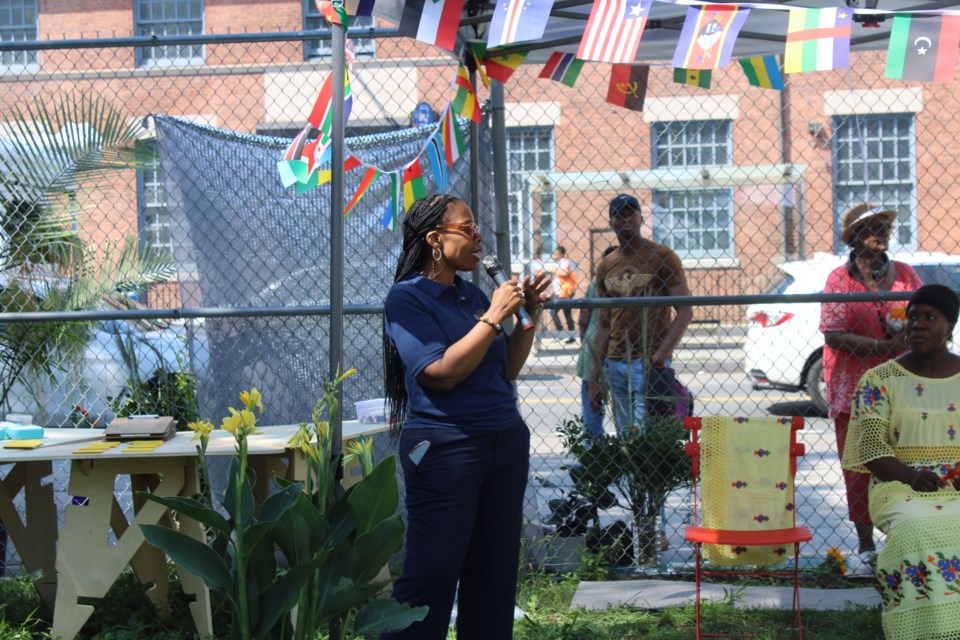
Council member Rita Joseph speaks at a community engagement event for the Flatbush African Burial Ground. Photo: Christopher Edwards
The architect for the project, Emmanuel Thingue, presented several design concepts for the park. One concept includes a homage to the Middle Passage, where enslaved Africans were brought to the Americas.
“I see it more as a place of celebration of the ancestors,” said Thingue, who retired from the Parks Department just after taking on the project and is working on it pro-bono. “Rather than make it something to just be looked at, it becomes more like something that the descendants, the people that are here, can be involved in.”
One attendee asked if the park would be functional to the community and able to host events, while another raised the possibility of growing food on the land. There was also the question of whether a Black contractor should be prioritized for the park’s construction.
Alexandra McDougal, a graduate student at Columbia University, expressed concern that the advocacy of local groups may be forgotten and suggested signs be placed around the park.
“The community of Flatbush is changing rapidly, so I wouldn’t want people in five years to forget that this was a largely Black and brown led effort,” said McDougal.
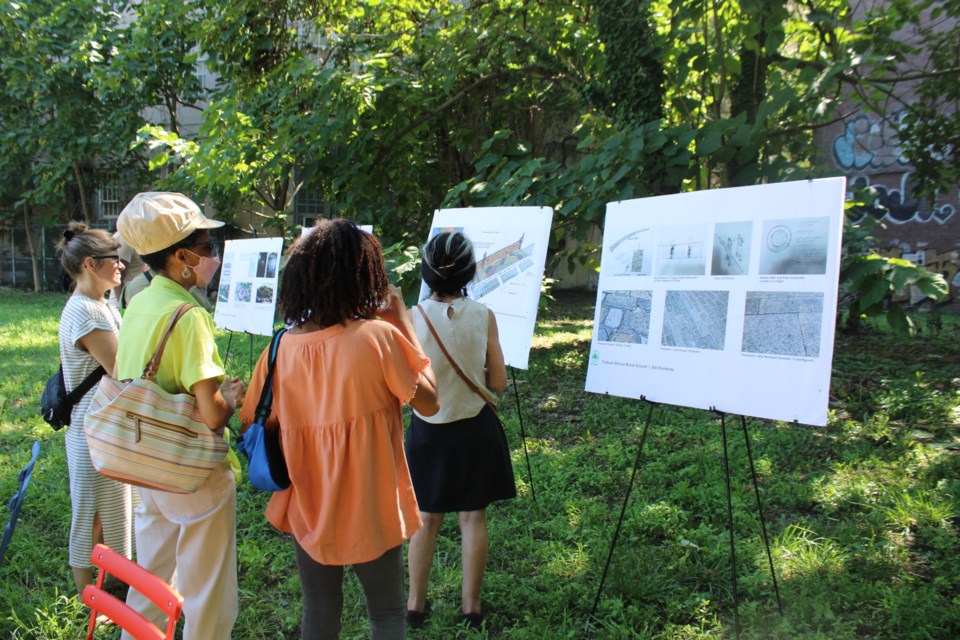
Flatbush residents take a look at some options for the burial ground. Photo: Christopher Edwards
The possibility of finding and reinterring remains is also being taken into consideration. GrowHouse has secured a grant from the Wenner-Gren Foundation to conduct a ground penetrating radar (GPR) survey in September, with the hopes of finding further evidence of the site’s history as a burial ground.
“Whether it provides more conclusive evidence or not, it does provide the community the opportunity to be directly involved,” said Kelly Britt, a professor of Archeology at Brooklyn College who helped secure the grant. “This is what they wanted. They want to know if you can figure out if there’s anything here, and this is one way to do it.”
GrowHouse founder and FABGC member Shanna Sabio, who has been hosting educational tours about Brooklyn’s slaveholding history near the site for several years, felt that the city should be doing more to reach out to the community.
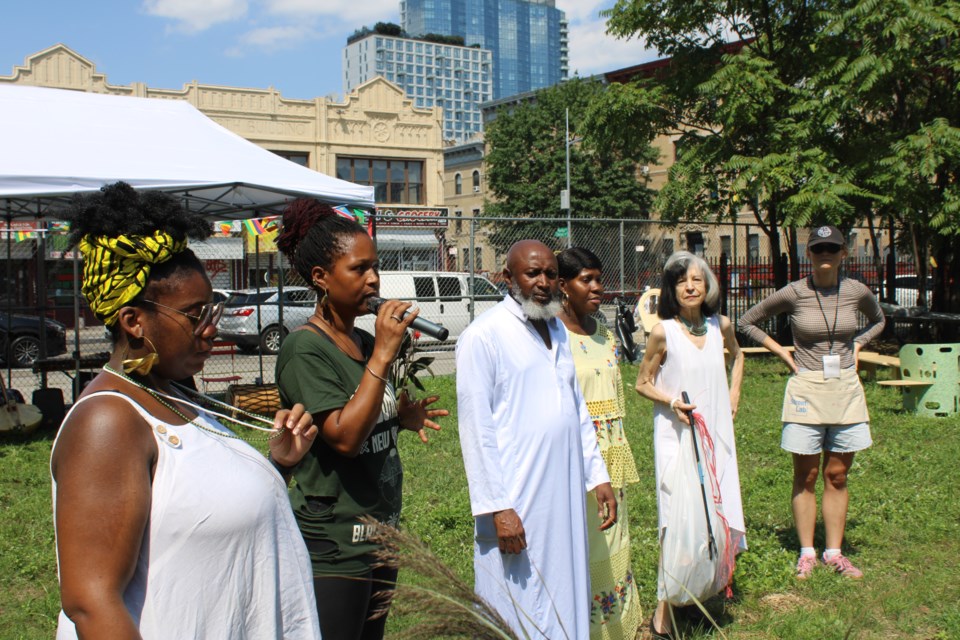
GrowHouse founder Shanna Sabio, with microphone, speaks at a community engagement event for the Flatbush African Burial Ground. Photo: Christopher Edwards
“The government has a responsibility to partner with us instead of us consistently pushing the envelope with no financial support and then being expected to do the work that they should be doing,” she said.
Saturday’s event included activities such as mediation, reiki and self-defense demonstrations. A public art project was also unveiled, showcasing art inspired by the burial ground and designed by local youth. They are printed on aluminum signage and line Church Avenue from the burial ground to Lefferts Historic House in Prospect Park.
The Parks Department has committed to a $4 million budget for the project, but has no set timeline for construction or completion as they are in the early stages of design. An official date for the GPR survey, which will be open to the public, will be announced in September.






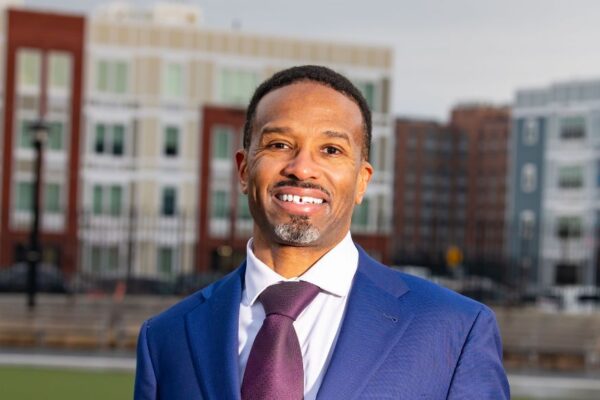
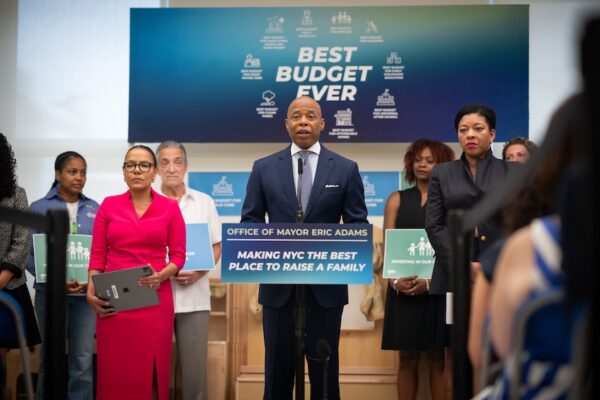
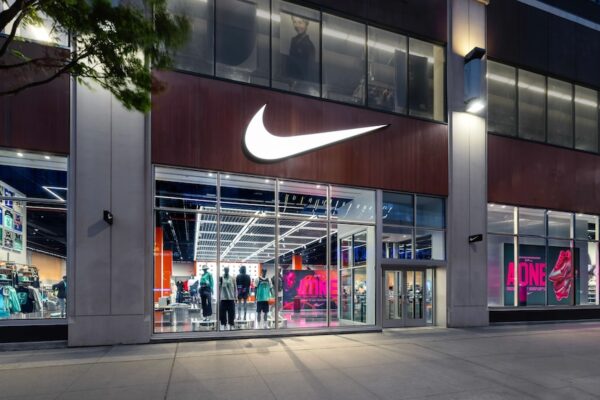
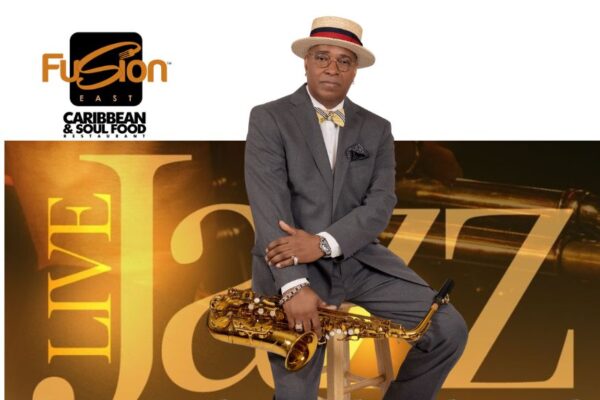
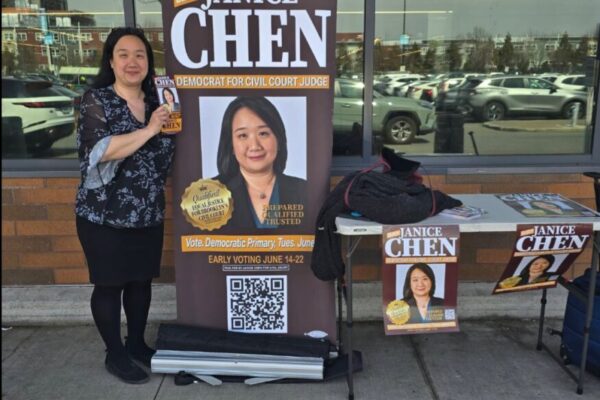
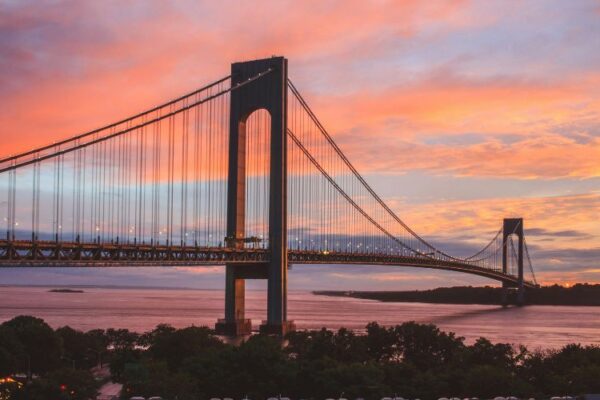

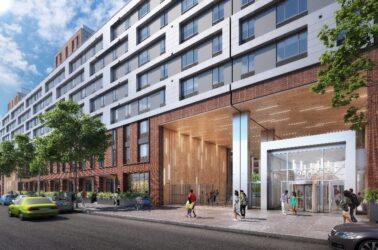



Leave a Reply